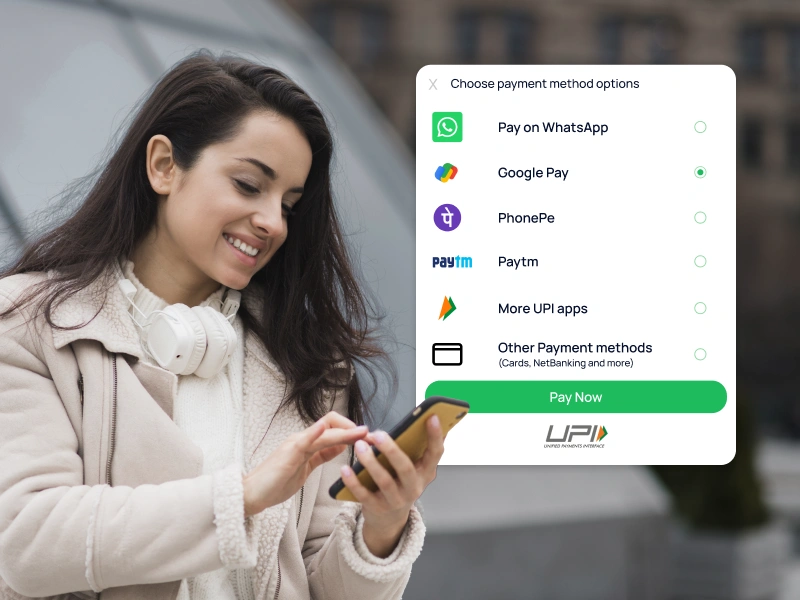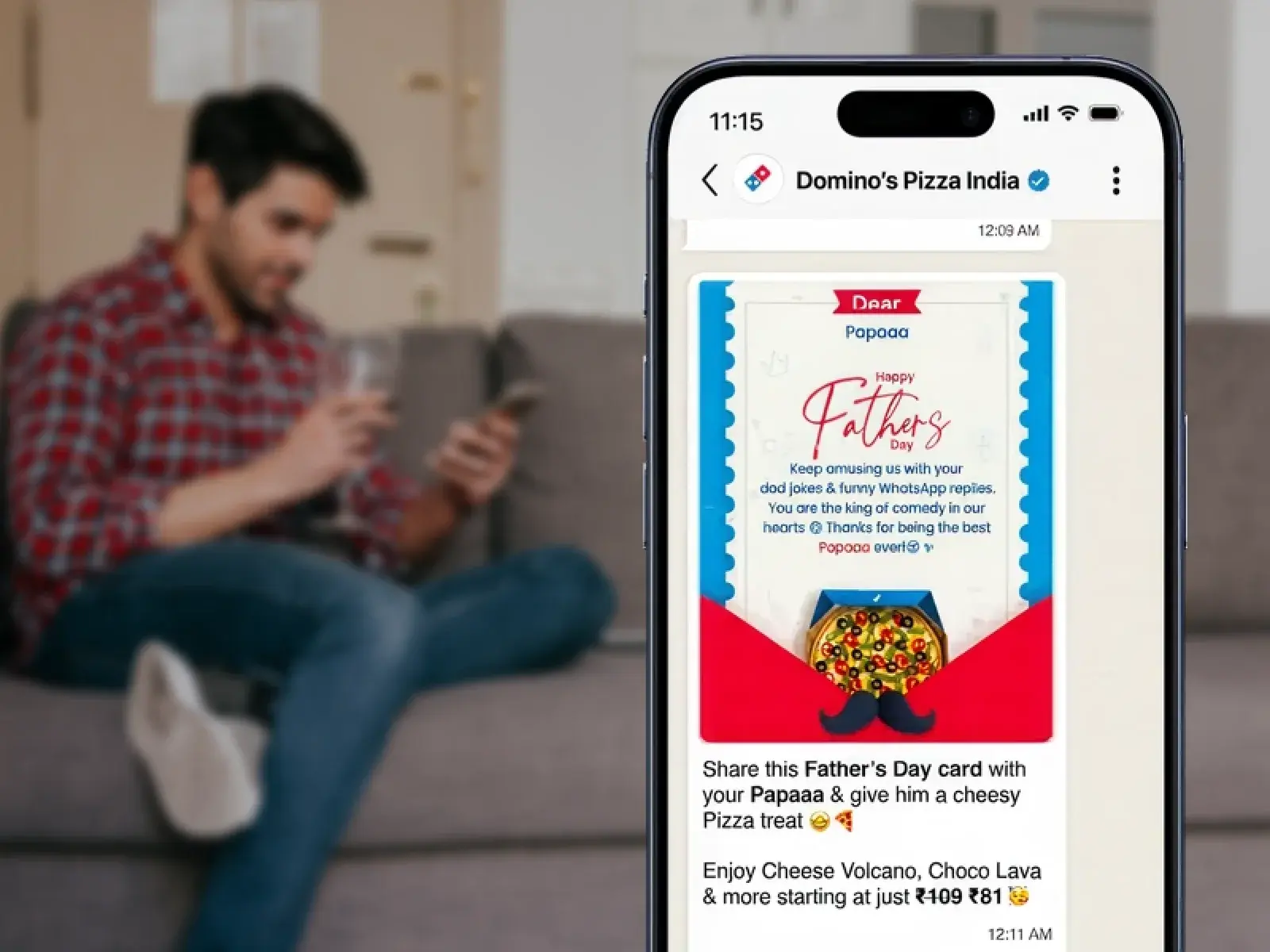Engaging billions of consumers every day. Driving measurable business outcomes.
With Karix, enterprises harness AI-powered decisioning, seamless engagement, and trusted security—turning every customer interaction into impact.

Dominant Market Position
We command a robust 35% market share in the Indian CPaaS (Communication Platform-as-a-Service) industry. Globally, we rank among the top three publicly listed CPaaS companies.
Channel Leadership
We bring to life omnichannel communications strategies with significant shares across key channels like WhatsApp, Google RCS, SMS, Truecaller (exclusive partnership), Voice, Email and many more.
The choice of leaders across sectors
With over 2,000 customers across various industries, we are trusted by over 70% of the top 100 enterprises in the market.
The only CPaaS partner you need
AI-powered engagement to deliver consistent business results
Every
AI-Powered journeys
AI for every
industry
Omnichannel
suite
The only CPaaS partner you need
AI-powered engagement to deliver consistent business results
Omnichannel suite
AI-Powered journeys
AI for every
industry
Omnichannel
suite
The only CPaaS platform you need
AI-powered engagement to deliver consistent business results
AI-Powered journeys
AI for every
industry
Omnichannel
suite
At enterprise scale, communication isn’t just about reach - it’s about business outcomes.
Karix gives you exclusive advantages that drive measurable growth, efficiency, trust, and innovation.
Lower total cost of ownership
We combine AI, strategy, and channel orchestration to reduce operational overhead and boost responsiveness, helping you do more with less.
15-20%
cost reduction savings
Leading E-commerce brand of India
Read Case Study >Enterprise-grade security, trusted engagement
With compliance, fraud prevention, and consent built in, Karix safeguards every customer interaction. The result: customers engage with confidence, and your brand builds lasting trust.
6Mn+
scam attacks identified & blocked
Largest bank of India
Read Case Study >Performance that scales
Whether acquisition or retention, Karix designs AI-powered customer journeys that improve conversions, reduce drop-offs, and strengthen loyalty.
2-3x
growth
Partnerships and recognitions

Meta Partner
of the Year

No. 1 Global
Partner

Exclusive Global
Partner

Tanla scores 80 on SP Global ESG Score 2025

Lower total cost of ownership
We combine AI, strategy, and channel orchestration to reduce operational overhead and boost responsiveness, helping you do more with less.
15-20%
cost reduction savings
Leading E-commerce brand of India
Read Case Study >Enterprise-grade security, trusted engagement
With compliance, fraud prevention, and consent built in, Karix safeguards every customer interaction. The result: customers engage with confidence, and your brand builds lasting trust.
6Mn+
scam attacks identified & blocked
Largest bank of India
Read Case Study >Performance that scales
Whether acquisition or retention, Karix designs AI-powered customer journeys that improve conversions, reduce drop-offs, and strengthen loyalty.
2-3x
growth
The right message, delivered by the right team
Empower every department to own the customer experience and contribute directly to revenue goals.

Marketing
Accelerate user acquisition and scale engagement with AI-powered conversations that nurture leads across the entire customer lifecycle.

Performance Marketing
Boost CLTV and maximise ROI through data-driven interactions and optimised conversion pathways across all key channels.

Product & Operations
Seamlessly drive user engagement and streamline critical transactional messaging throughout the entire customer journey.

Customer Support & CX
Resolve queries faster, reduce ticket volumes, and cut operational costs with intelligent, automated support solutions.
Let’s map the next chapter of your customer engagement
From mission-critical alerts to high-conversion campaigns, Karix is the partner of choice for enterprises, startups, and partners who need secure, scalable, and measurable communication.



.webp)





















